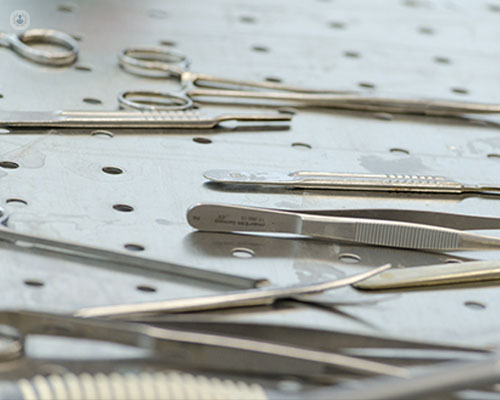


What is minimally invasive artery surgery?
Minimally invasive artery surgery is the set of techniques used to treat certain cardiovascular conditions. The heart does not need to be stopped during these procedures and therefore a cardiopulmonary bypass machine is not required for these interventions.

Why is minimally invasive artery surgery done?
These techniques are used to surgically treat the coronary arteries, generally in the front section of the heart. When one or more coronary arteries are partially or completely obstructed, it means that the heart is not receiving enough blood. This can cause chest pain, among other symptoms.
What does minimally invasive artery surgery involve?
These techniques are used by some cardiovascular surgeons. First, an 8-10 cm surgical incision is made in the left part of the chest between the ribs. To be able to access the heart, the muscles of the area are separated and the rib cartilage, a small part in front of the ribs, is moved. When the area has been prepared, the surgeon connects the internal mammary artery to the obstructed artery. The patient does not have to be connected to a cardiopulmonary bypass machine; however a device to reduce cardiac activity may be connected.
How to prepare for minimally invasive artery surgery
In the days prior to the operation, the doctor may ask you to stop taking blood-thinning medications. It is also important to ask your doctor which other types of medication you can continue taking. It is also advisable to stop smoking; you can ask your doctor for help with this. You cannot drink or eat anything from the night before the operation. If you have to take medication, with approval from the doctor, use a small amount of water.
Care following minimally invasive artery surgery
You can resume your normal routine two or three weeks after the operation. It is normal to feel tired, experience difficulty breathing and pain at the incision site. After you have returned home, it is important that you take your pulse every day, do breathing exercises for rehabilitation, pursue a healthy diet and exercise in moderation, e.g. short, low-intensity walks.